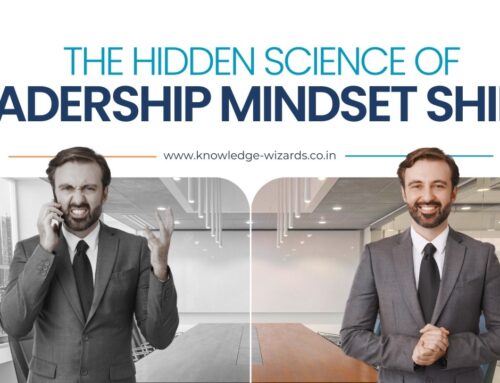We live in a fast-paced world propelled by the constant technology-driven transformation. Coupled with an acceleration of baby boomer retirement, executive leadership is under more pressure than ever to adapt to change. Leadership may be the most important skill in the corporate world, as well as the hardest to the source. At the same time, the definition of leadership is clearly broadening. Digital technologies and modern business models have disrupted almost every aspect of the business. Industry leaders need an entirely different set of skills and capabilities, which calls for a new definition of leadership. Below are five skills tomorrow’s corporate leaders need.
1. Providing Vision and Empowering with Technology
Companies of the future need leaders who can interpret the big picture and navigate an uncharted business environment. Leaders need to envision the goal and set operating boundaries in a dynamic environment. Technology provides infinite possibilities for idea generation and sharing. Leaders must harness this power creatively.
Technology provides infinite possibilities for idea generation and sharing. Leaders must harness this power creatively.
Technology is a great enabler that allows everyone to realize his or her potential. One example is the adoption of digital collaboration tools. Unless modern leaders understand how workplace digital transformation and its associated multichannel modes function with various methods of communication, leadership can become more challenging.
2. Customer-orientation
Companies thrive on the economic power of consumers. Digital technology enables a direct-to-consumer model that has created more options. Modern companies need to orient themselves around customers and offer capabilities that make their lives easier. As the business world becomes more competitive, a customer-centric business offers multiple strategic advantages.
For example, Apple maintains a balance between technology and personal service. Using technology, the company has developed an intimate but professional employee-consumer relationship. When people visit an Apple store, they feel comfortable and confident that their technology needs will be met. This balance didn’t happen by accident. It was designed that way. With a customer-oriented and technology-integrated leadership approach, businesses know who their customers are, what they want, how to deliver it and how to maintain a personal relationship.
3. Flexibility and Speed
This one is important. The business landscape is constantly changing due to factors such as technology, rapidly changing customer demands and the speed of communication. Companies that adapt rapidly to marketplace change stay in the lead. Current technologies process vast amounts of information, and leaders are required to act in real time for effective decision-making.
For example, organizations can run managers and executives through business strategy simulations to help them become more strategically agile. During the “gameplay,” the market is constantly changing by design. It has become critical to teach managers and leaders to flex. By empowering participants to compete head-to-head in a safe environment, organizations can help managers and executives become more comfortable with the changing demands of the market. This component is critical to modern leadership development.
Organizations run managers and executives through business strategy simulations to help them become more strategically agile.
4. Risk-Taking
Uncertainty in business has increased due to changing trends in technology, such as advances in mobile technology, virtual reality and augmented reality. The ability to strategically identify and understand trends and scale is only possible if you can take risks. Unfortunately, risk-taking seems to be dwindling. Thanks to current quarterly reporting requirements and pressure to “beat the street,” risk tolerance seems to have fallen.
The risk with not taking risks is the elevation of a disruptive new entrant to the marketplace. Many big companies spend considerable time raising barriers to entry, but technology is consistently on a path to remove barriers to entry. Thus, it’s up to the company to take risks and disrupt its own business in order to remain relevant. Doing so takes bold leadership.
5. Trend-Watching
In a dynamic business environment, it’s critical that leaders identify and understand both economic and customer trends. Today’s customer is adept and engages on diverse platforms. Leaders must consider this reality when formulating strategies. They have to apply the most relevant methods to study data and stay ahead of the competition. For example, Microsoft missed the mobile technology revolution. Its leaders didn’t react to the changing marketplace, and now, Microsoft doesn’t have a mobile solution.
Required leadership competencies are rapidly changing. It’s essential for training and development managers to ensure they’re teaching the right skills to tomorrow’s leaders. Of course, traditional leadership behaviors are still important, but adding modern competencies is, too. It’s time to develop leaders for the risk-based, technology-grounded leadership requirements of tomorrow.
Traditional leadership behaviors are still important, but adding modern competencies is, too.





